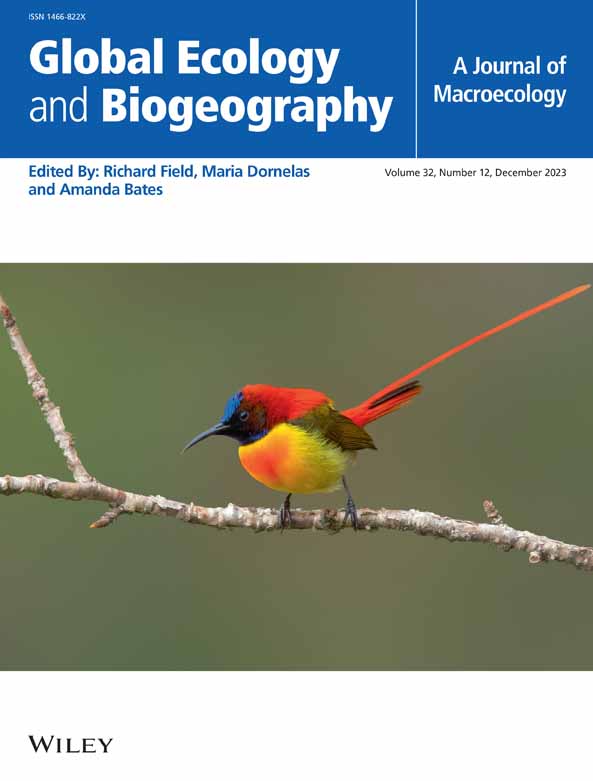Janzen's Hypothesis Revisited for Soil Microorganisms: Bacteria Align More Strongly With Its Postulates Than Fungi
Abstract
Aim
Mountains support disproportionately high biodiversity relative to the land area they cover. Yet, how montane biodiversity stratification varies with elevation, and whether patterns are similar among mountains, is a contentious issue. In the 1960s, Janzen proposed that the reduced climatic variability in tropical mountains compared with their temperate counterparts constrains species' thermal niches and dispersal abilities, ultimately leading to greater compositional differentiation across equivalent elevation gradients in tropical regions. This pattern has been confirmed for plants and animals but remains largely unexplored for microorganisms.
Location
Global.
Time Period
2008–2023.
Major Taxa Studied
Fungi and bacteria.
Methods
Here, we synthesised global soil microbiome distributions from 268 elevational transects across 17 mountains to test Janzen's hypothesis for microorganisms.
Results
Bacterial communities primarily respond to latitude, temperature variability and elevation, whereas fungal communities are slightly shaped by temperature variability and latitude. The Bray–Curtis distance decay rate of tropical bacteria and fungi is higher than that of temperate regions. As latitude and temperature variability increase, bacterial endemism significantly decreases, while the trend for fungi is weaker. Bacterial community assembly is primarily governed by environmental selection and dispersal limitation, whereas fungi are mainly influenced by dispersal limitation and drift. Notably, the impact of dispersal limitation on bacteria diminishes with increasing latitude.
Main Conclusions
We confirm that bacterial communities align more closely with Janzen's hypothesis than fungal communities, showing steeper distance decay, higher endemism and greater dispersal limitation at low latitudes. The application of classical ecological theories to microorganisms should carefully consider the specific characteristics of different regions and taxa. Our study provides a basis for understanding the mechanisms that maintain microbial diversity along elevational and climatic gradients.

 求助内容:
求助内容: 应助结果提醒方式:
应助结果提醒方式:


